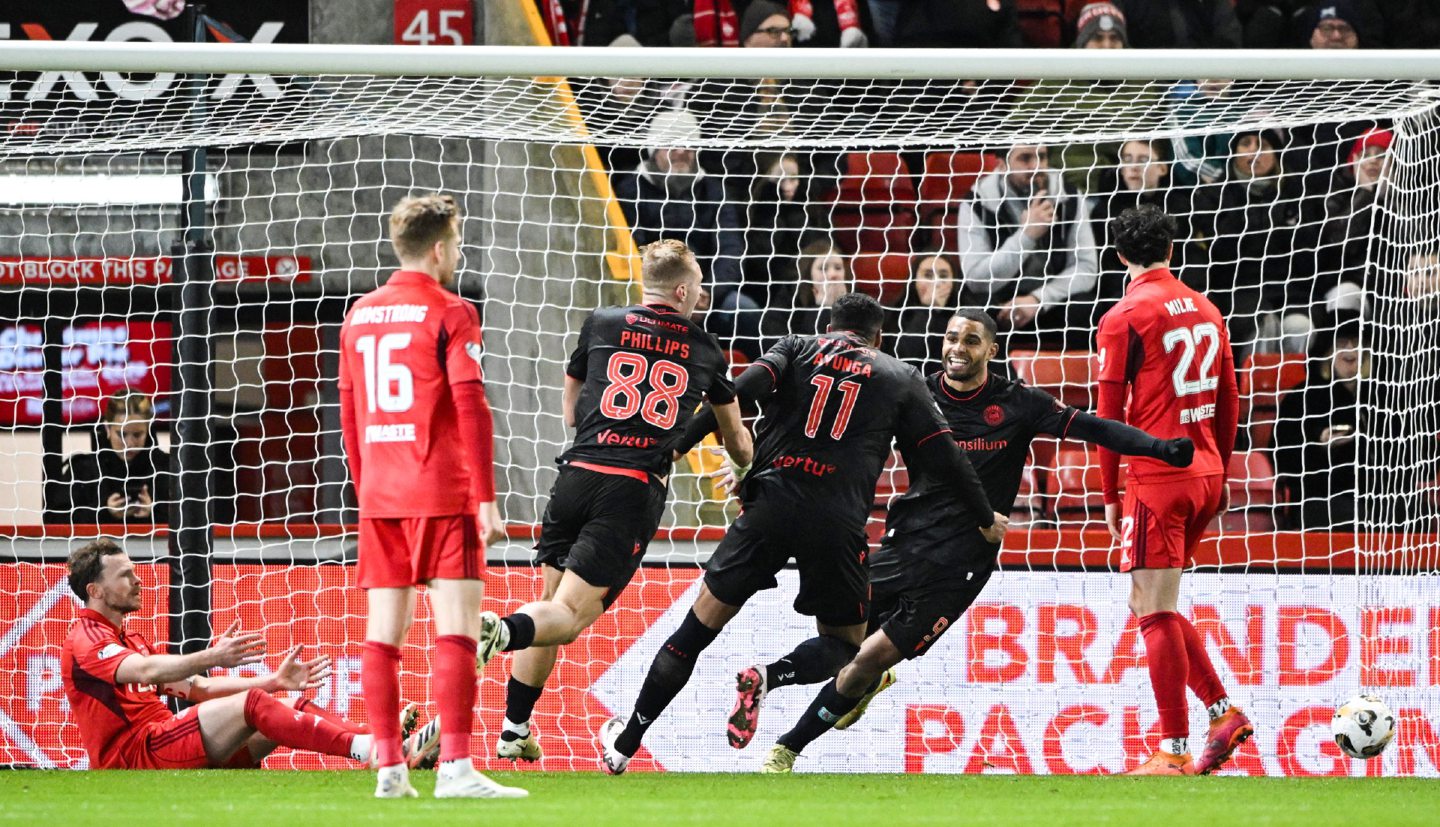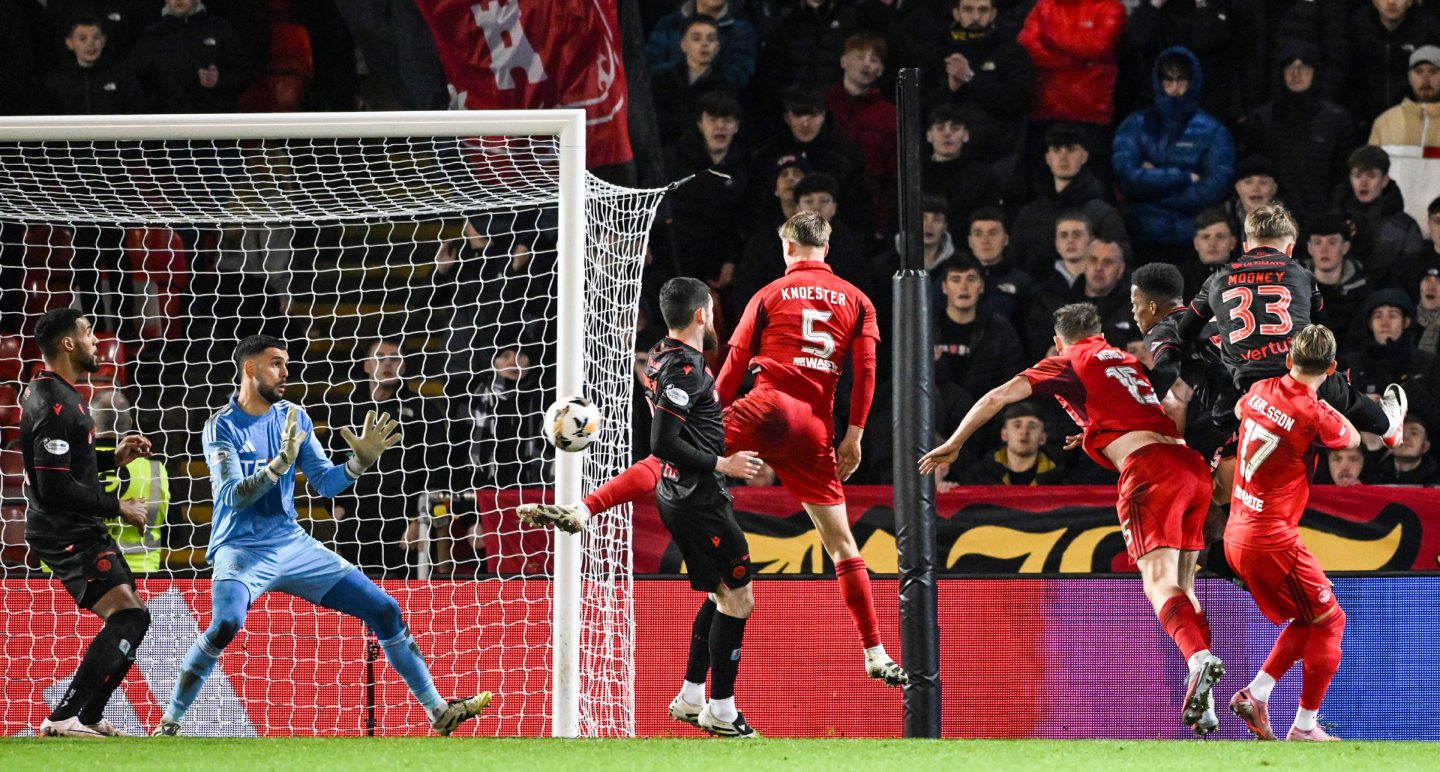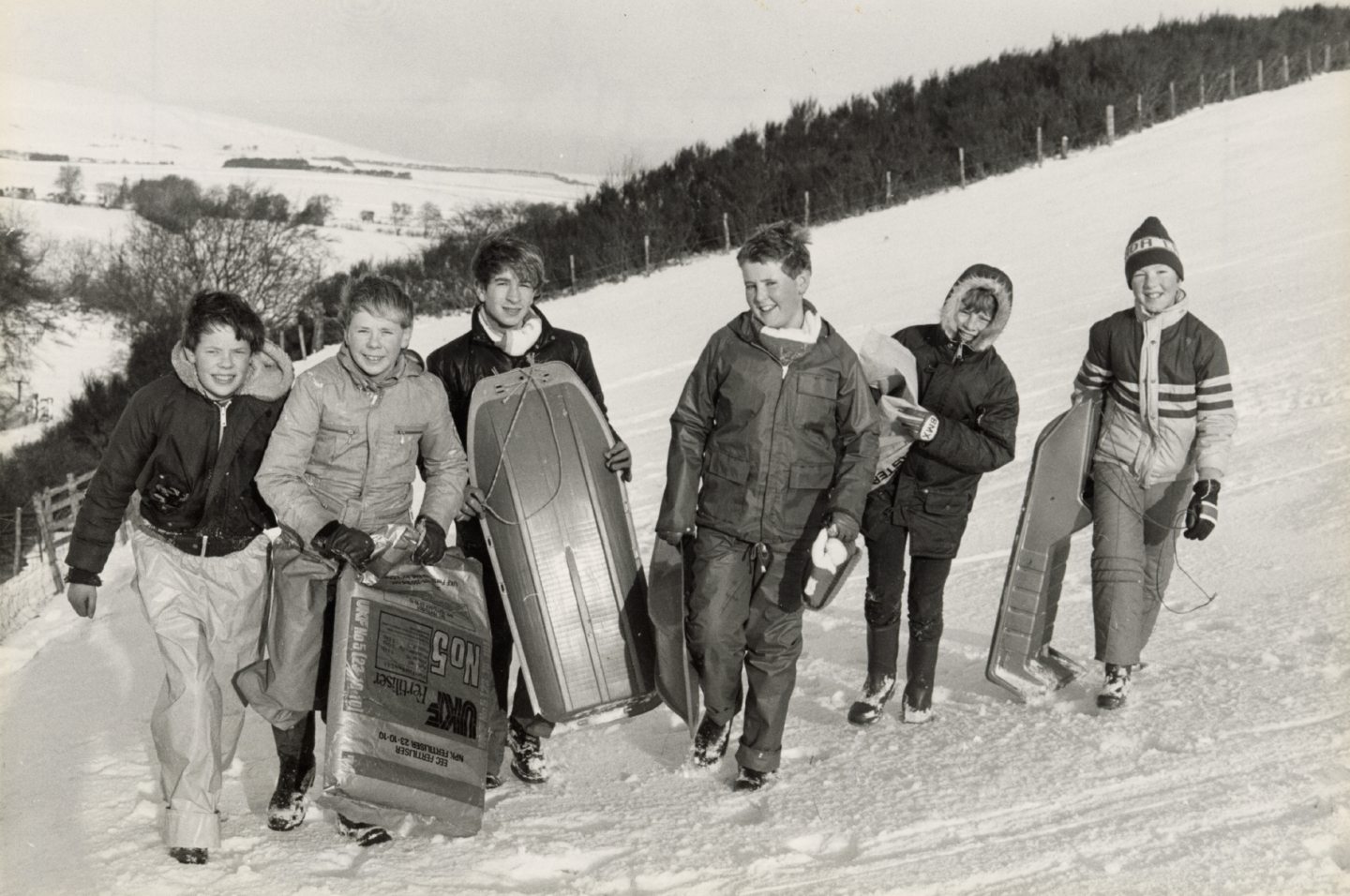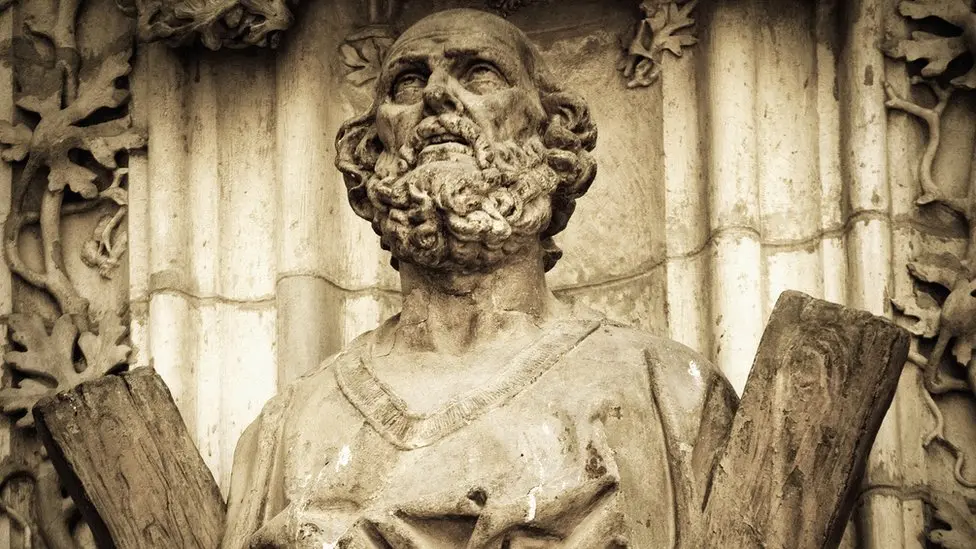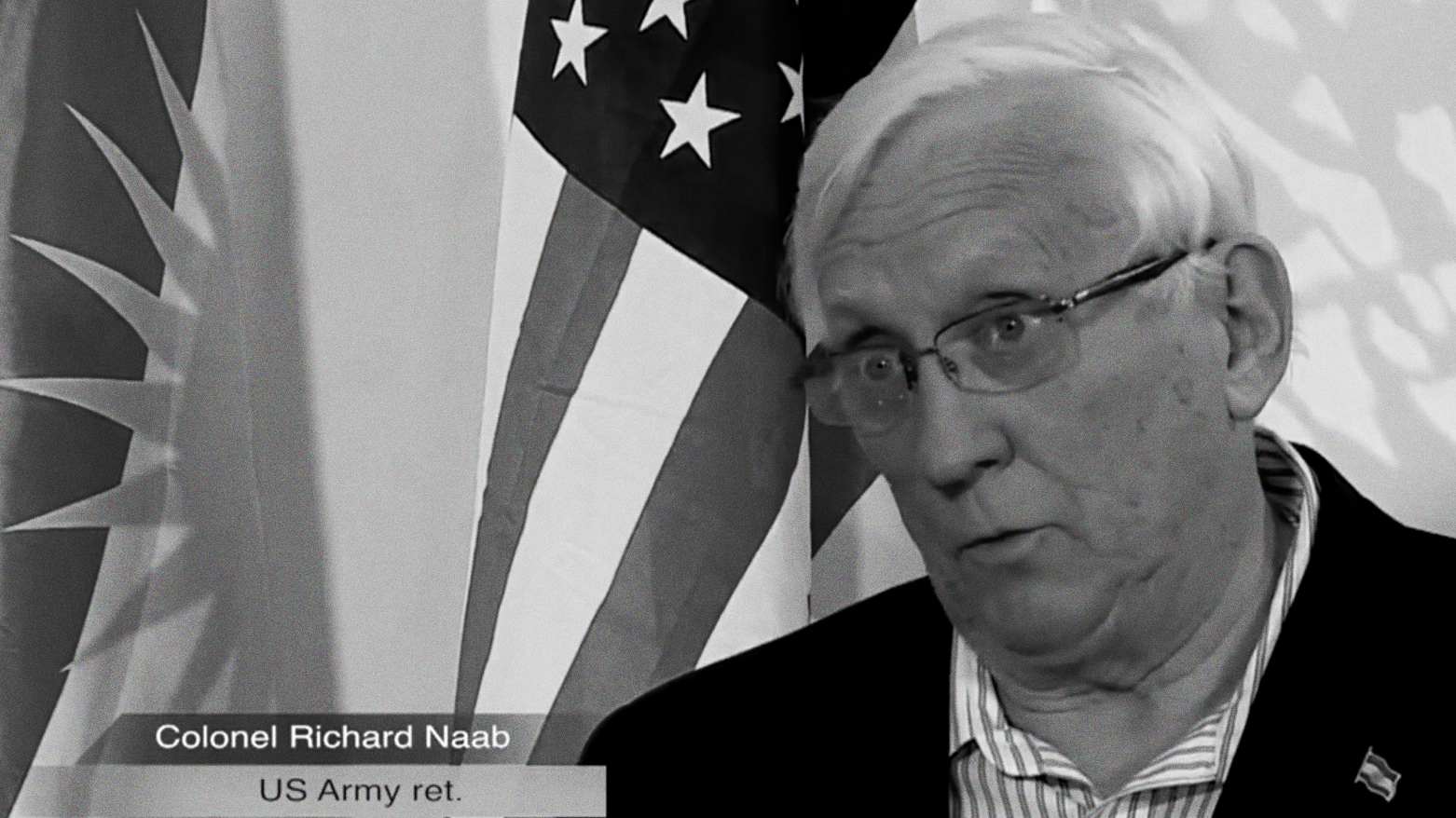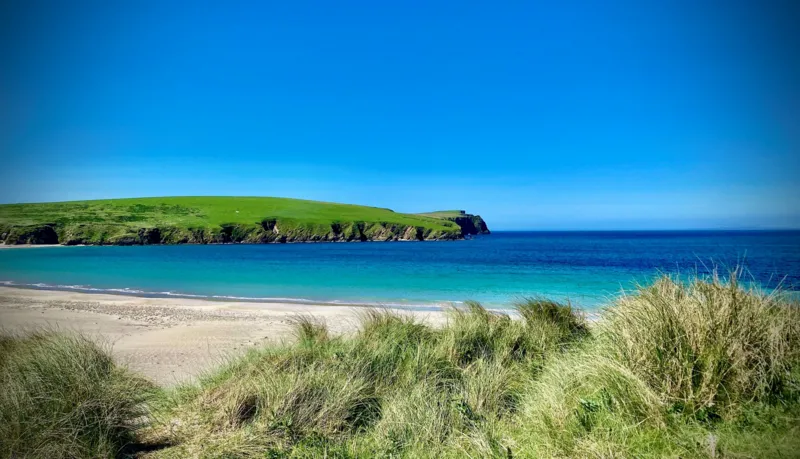UK’s rarest cars: 1979 Vauxhall Royale, one of only 32 left
Despite a faintly downmarket badge, this luxury saloon was the equal of Mercedes or BMW while significantly undercutting them on price

That only 32 Royales are believed to have survived is not entirely surprising – Vauxhall intended it as a highly exclusive vehicle. So, Andrew Kenyon’s 1979 example is a reminder of a time when the Royale script on the facia and bootlid indicated that you owned a car for the social elite.
When Vauxhall introduced the Royale in late 1978, it unleashed all the forces of hyperbole. “Only very, very occasionally is a great new car born,” read the marketing slogan, for this was a vehicle “of commanding authority designed and built to the highest standards”. In other words, the Royale was for “discerning motorists who will settle for nothing but the best”.
The reality, as Autocar noted, was that “the Royale is unashamedly an import of the Opel Senator and Monza, with re-badging; but there are some differences”. Both were made in Germany, but while the Opels had a 3.0-litre engine with Bosch fuel injection, the flagship Vauxhall saloon and coupé had a 2.8-litre unit with a Solex carburettor, giving a top speed of 115mph.
Vauxhall advised its dealers that the Royale was “simply more refined” than the Audi 100 GL 5E, while the Rover 3500 SD1 had only “average” economy, brakes and finish. Other rivals included the Ford Granada Mk2 Ghia (“dissatisfaction has been expressed about the high-speed handling”) and the Peugeot 604, which had styling “that has always been considered bulky”.
Dealers were further instructed that the Royale was for buyers from “the ABA class”, the advertising industry’s description of the “higher and intermediate managerial, administrative or professional” person. Kenyon, who worked in a Vauxhall showroom when the Royale was new, recalls: “They had a dedicated salesperson and a dedicated service technician.” The company also decreed that the Royale should have a “specially designed area” in the showroom, while the Vauxhall “for top people only” would only attract a discount if a company’s chief executive purchased a fleet of their products.
Such preparations were essential, as the company hoped to tempt well-heeled motorists who would not have previously considered a Vauxhall. Its previous offering for the “managing director class” was the 1966-1972 Viscount, a 3.3-litre mobile living room with handsome mid-Atlantic styling. The Royale was for motorists with aspirations – for a BMW 525 or Mercedes-Benz 250 – despite a name that made it sound like a cinema on the outskirts of Southampton.
Fortunately, the motoring press greatly took to the Royale. This newspaper found it “a splendid car, fully capable of staring its most illustrious competitors straight in the grille without embarrassment”; the Royale handled “like a sports saloon when pressed, without wallowing through corners at speed”. Motor magazine thought that just as the Senator had wooed “many traditional BMW and Mercedes drivers in Europe”, the Vauxhall “fully deserves to have the same impact on the equivalent market in the UK”.
The Royale had to generate “conquest sales” from its rivals. One major sales asset was its list of standard fittings, including a tilt-adjustable steering wheel, headlight wipers and alloy wheels, as well as a sliding roof, electric windows and an internal boot release. The £7,954 list price further gained the owner central locking, a multi-adjustable driver’s seat, a Philips’ 460 radio/cassette stereo sound system and upholstery befitting “the most luxurious apartment ever offered by Vauxhall”.
The only extra for the Royale was air-conditioning at £682, with a four-speed manual gearbox as a “no cost” alternative to the standard General Motors three-speed automatic transmission. To put such luxuries in context, the £2,379.78 Vauxhall Chevette E was devoid of a passenger sun visor, rear ashtrays and a heated back window. The Royale was also only slightly more expensive than a Ford Granada Ghia 2.8i at £7,921, and far cheaper than the Mercedes-Benz 250 at £9,200, or the Opel Senator at £9,500.
Production ended in 1982 after 7,119 units with the launch of the A2-Series Senator. Two years later, that model gained Vauxhall badging, which was far more palatable to UK buyers. Kenyon bought his Royale “from the original owner in Southport” and is most pleased with how it drives – and how all its equipment still works.
And few discerning “top people” could resist “a car of commanding authority, built to the highest standards”.
[Source: Daily Telegraph]




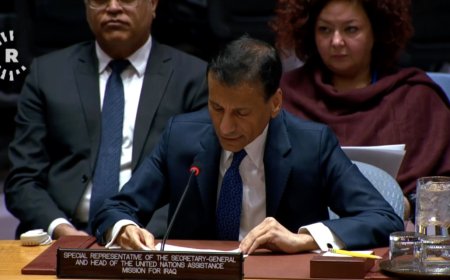




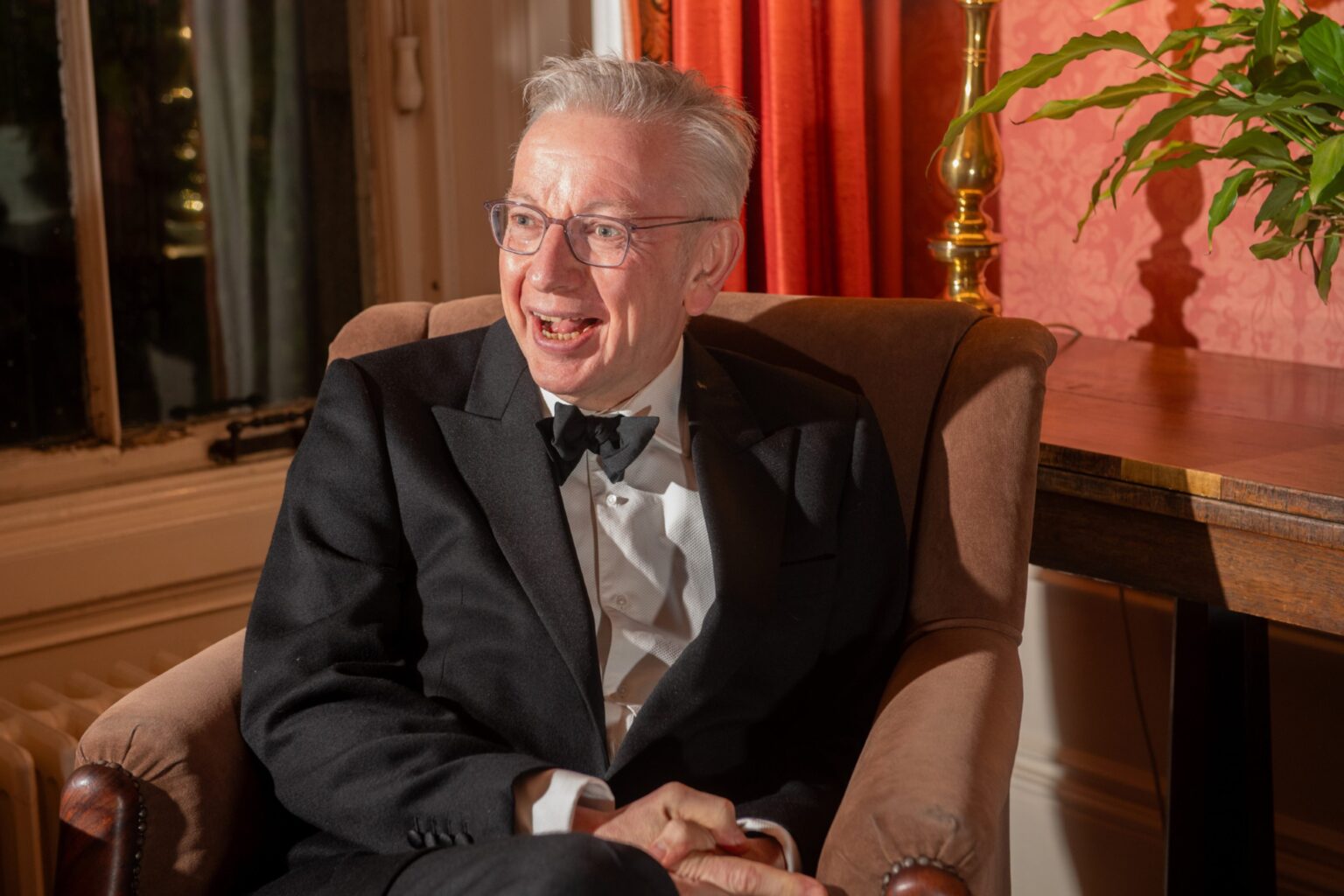




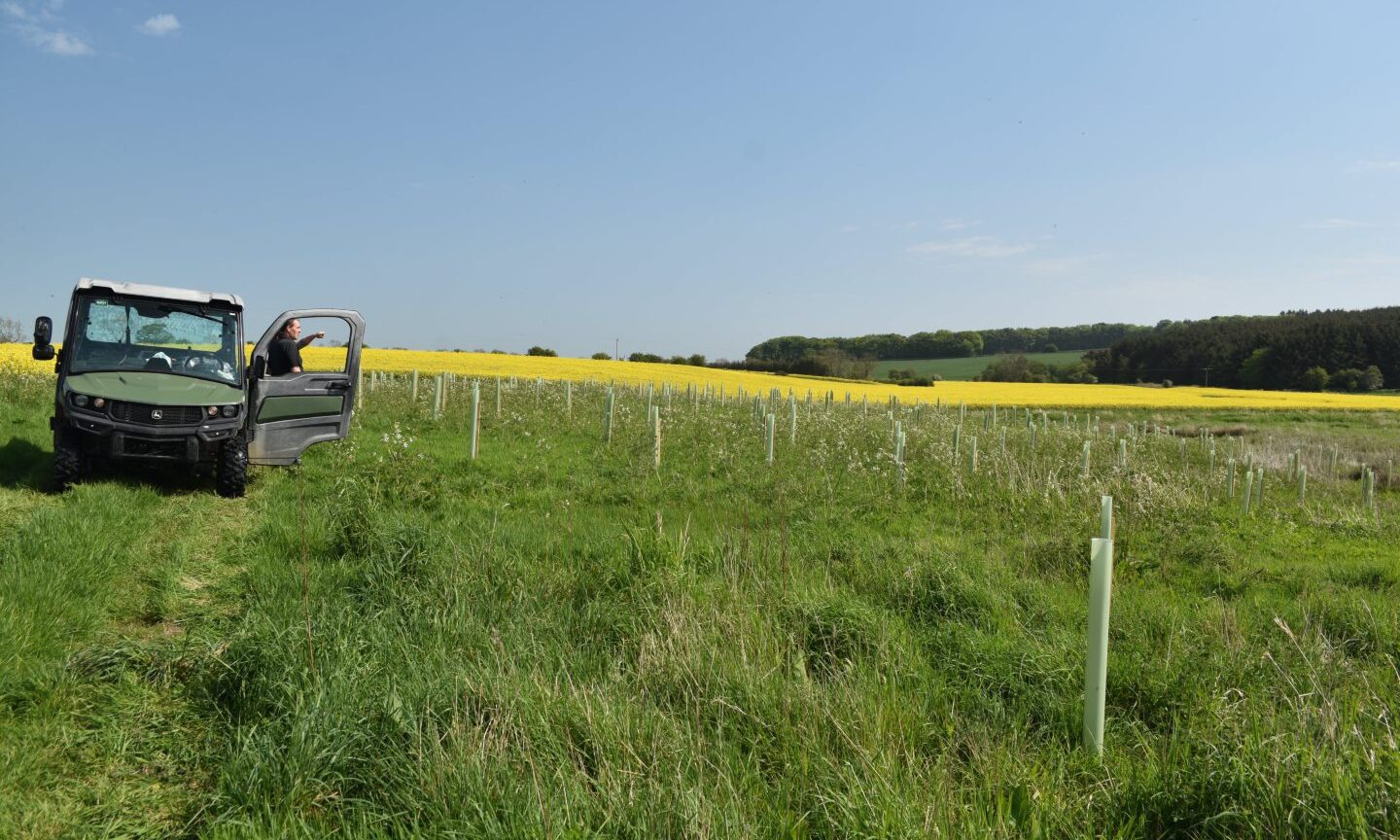

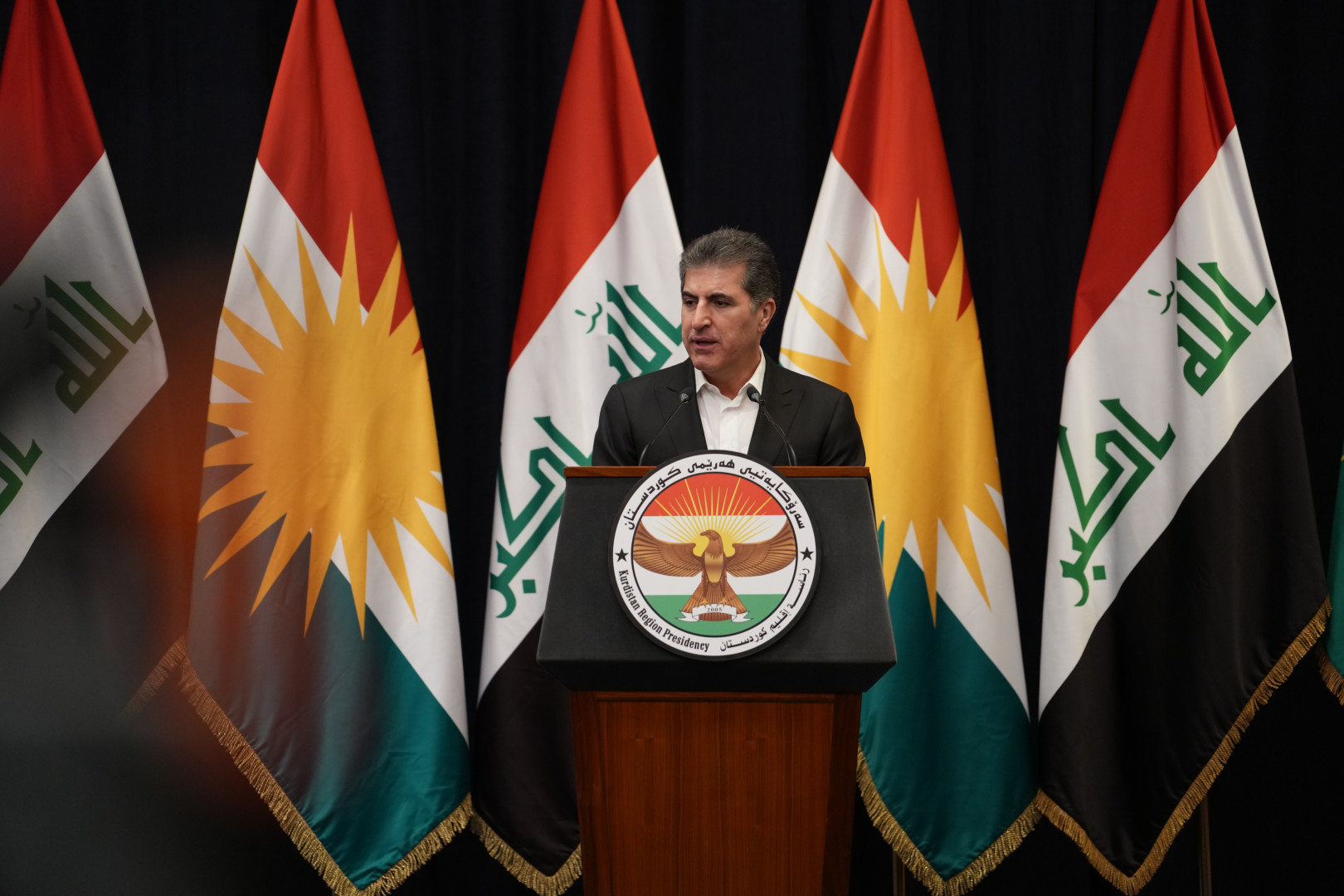
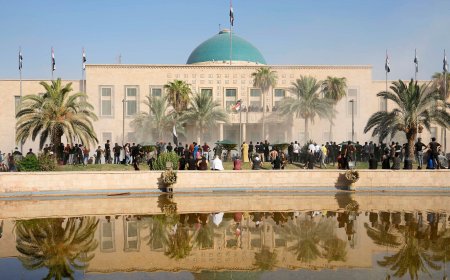

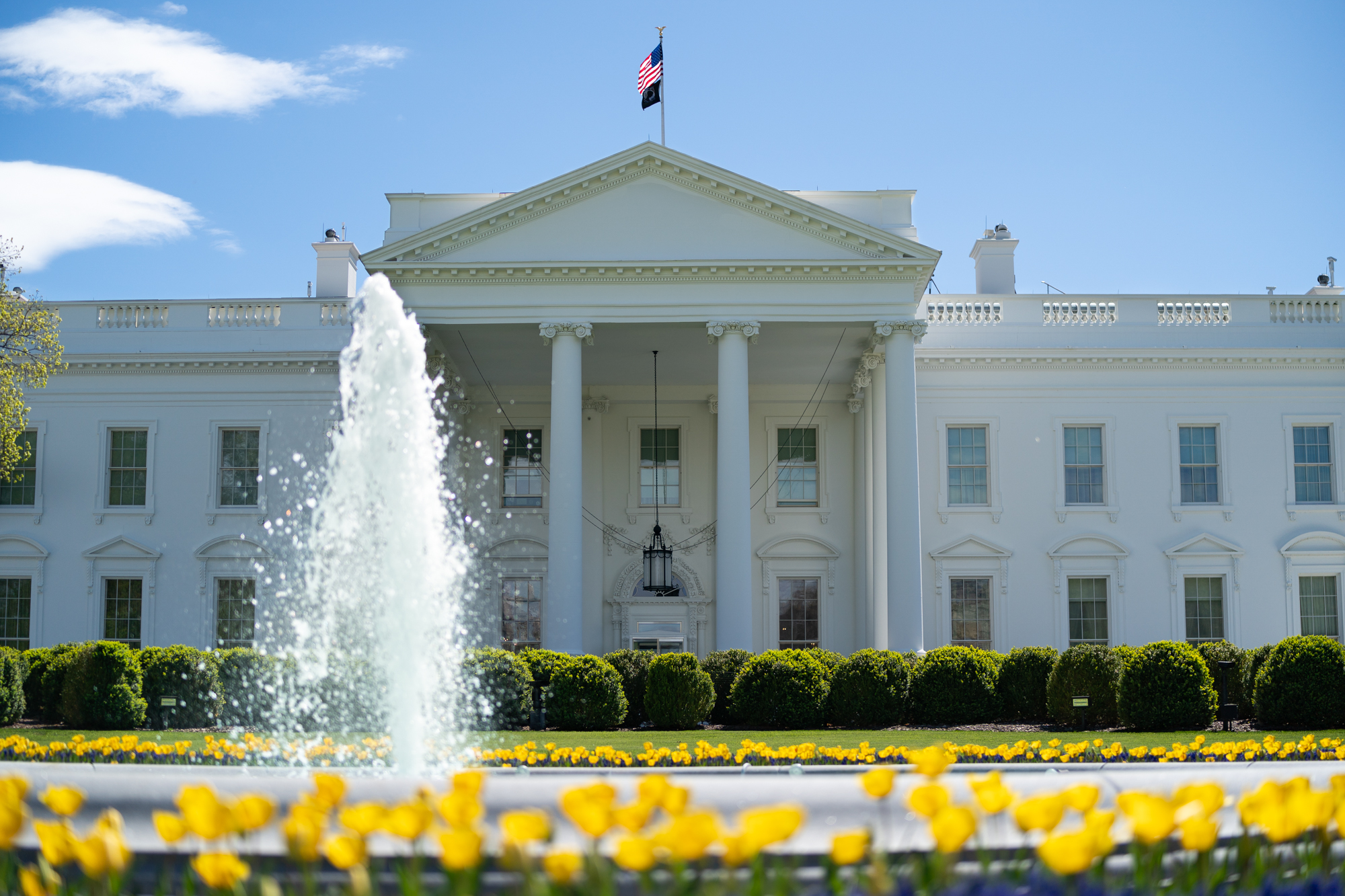
/file/attachments/orphans/1000146612_845134.jpg)




